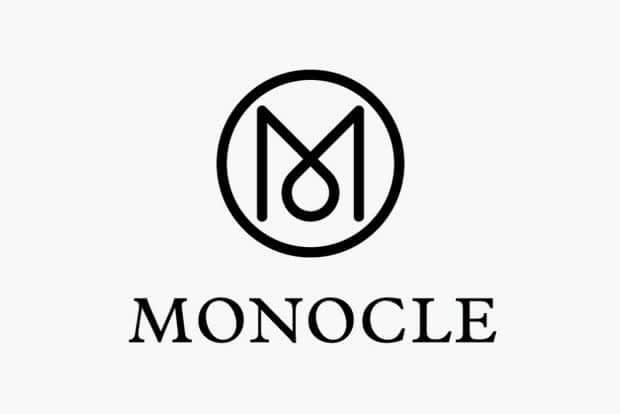Group dynamics
Having established their own community spaces, two artistic initiatives are finding strength in collective endeavour. We meet the people behind a new global arts destination in London and the duo whose converted power station is energising a German city.
Talent pool Cromwell Place, London
Cromwell Place is in good company. Spread across five white, stucco-fronted Victorian townhouses in London’s South Kensington, the new exhibition and co-working space shares a neighbourhood with world- renowned art, design and history institutions. Yet its biggest draw isn’t its prime location but the sense of community it fosters among its members. From commercial galleries and collectors to advisors and museum directors, every element of the art market has been welcome here since the complex’s doors opened in October. “They take comfort in being a part of a larger whole,” says membership director May Calil. “Network is key.”
Having a shared safety net might have a particular appeal now but the idea for Cromwell Place was conceived before the pandemic began. It was thought up by art dealer John Martin, who has run his eponymous gallery in Mayfair since 1992 and co-founded the Art Dubai fair in 2007. As rising rents forced dealers out of their original spaces and trade shows became prohibitively expensive, he devised a plan for an arts complex that fell between a fair and a fixed base: a safe house that offered exhibition rooms for short-term rent, saving small and medium-sized galleries from crippling overheads.“He came at it as a gallerist, thinking about the issues he was facing and how he could solve those issues for others,” says Calil, who was brought in with managing director Preston Benson in 2017 to flesh out Martin’s idea. “We realised that galleries were only one type of member we could have and that a big cross-section of the art world could do business here.” They thought about what other facilities the townhouses could offer, such as meeting rooms and on-site art storage.
The architect behind the £20m (€22m) development is Paul White, founding director of architecture firm Buckley Gray Yeoman. His challenge was to repurpose the Grade II-listed buildings while respecting their heritage. “We had these great volumes to work with, so we let the buildings dictate how we should use them,” says White. This meant retaining many 19th-century features, from timber floors to ornate cornices. But certain parts of the project were built anew: lightweight steel bridges link the townhouses along the back, while a stand-alone blackened-steel gallery was created in the courtyard below.
Half of Cromwell Place’s members are from the UK and the other half are based abroad; their specialities range from antiquities to contemporary art. There’s a one-off joining fee of £3,300 (€3,600) and four tiers of membership, costing from £2,200 (€2,400) a year to £5,500 (€6,000). All members are approved by a committee. The criteria? Professionalism, quality, reputation. Beyond that, Cromwell Place’s arms are open. “We’re able to take risks on new businesses with fresh perspectives,” says Calil.
Danda Jaroljmek, director of Circle Art Gallery in Nairobi, was feeling the effects of art-fair fatigue when she first heard of Cromwell Place. “The fairs are excellent for meeting new people but they’re intense and it’s all about selling because you’ve paid such a lot of money to attend,” she says. “You don’t have the luxury of sitting down.”
Cromwell Place is a flexible, cost-effective solution to this problem. Today it’s not unusual for galleries to conduct 50 per cent of their business at fairs, which calls into question the traditional gallery model: why pay for a permanent space that has sky-high rents and low footfall? At Cromwell Place, members only pay for the services they use. They also have time and space to collaborate and try out new ideas. For Jaroljmek, the chance to gain access to top dealers and collectors in London was too good to miss. But it’s important to her that there are enough like-minded galleries, both contemporary and non-western, in the mix too.
Another point of difference is the presence of non-profits: Cromwell Place offers a limited number of honorary memberships to public institutions and foundations. “We’re not a charity or an education facility; we’re a commercial business,” says Calil. “But my background is in non-profits, so there was no way I could get involved without having a hand in that.” Supporting charitable endeavours is part of Cromwell Place’s aim to represent all facets of the art world. “The art market will fall apart if the whole ecosystem isn’t being supported,” says managing director Benson. Banding together now might be the smartest way to find that strength.
